René, Teresa and Tim all chat with Gary Bourgeois as he takes us through his personal Protools template. Hear what he uses as a starting point when mixing films like Captain America: The First Avenger, Team America: World Police and literally hundreds of other films and TV shows. Really interesting talk with a super interesting guy!
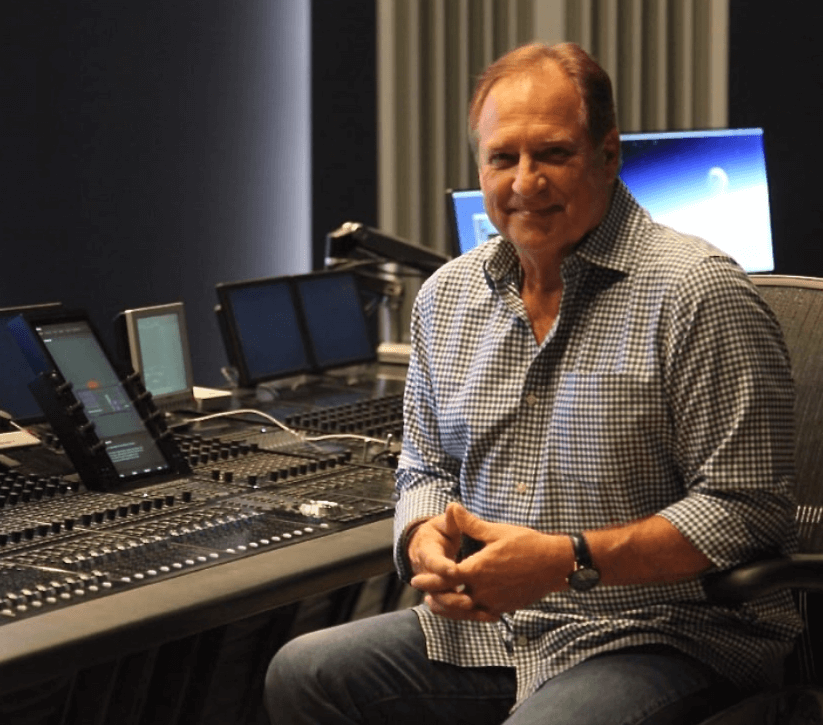
Below are a series a screen shots taken of Gary’s Protools Template with a blank session as he starts all his new projects. At the bottom there is a download link to pull down full resolution images.
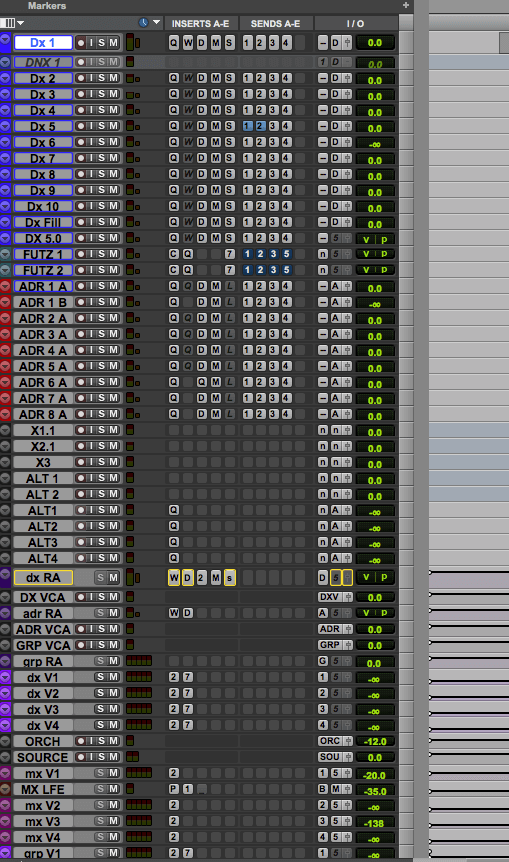
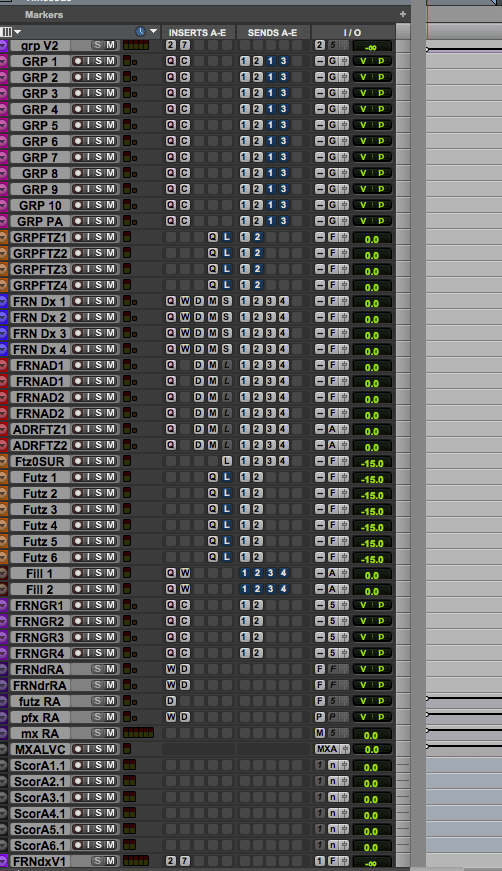
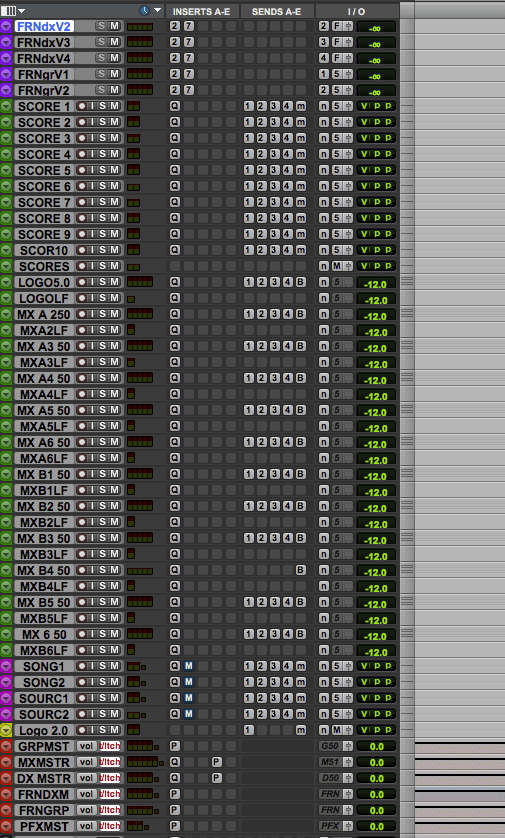
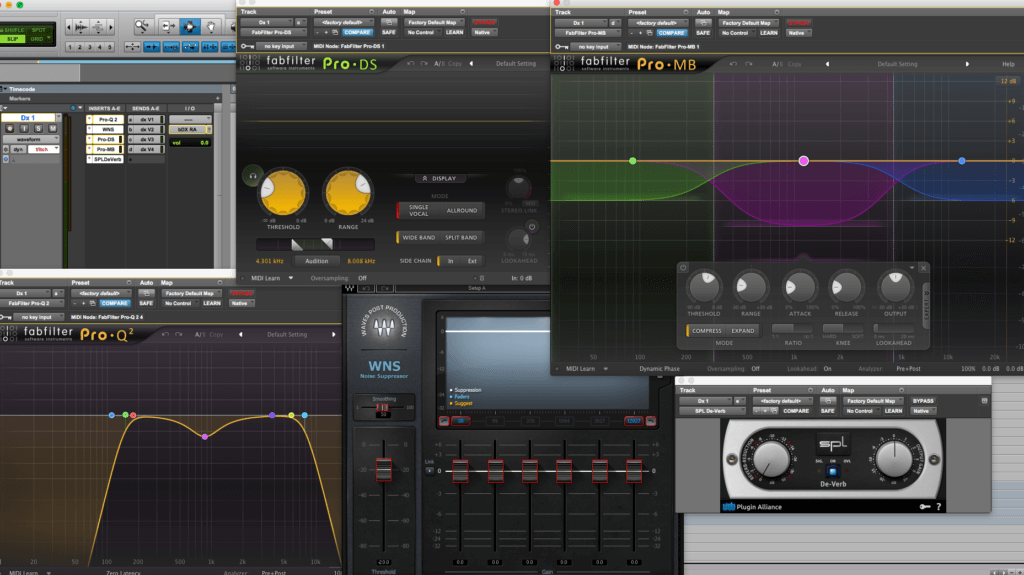
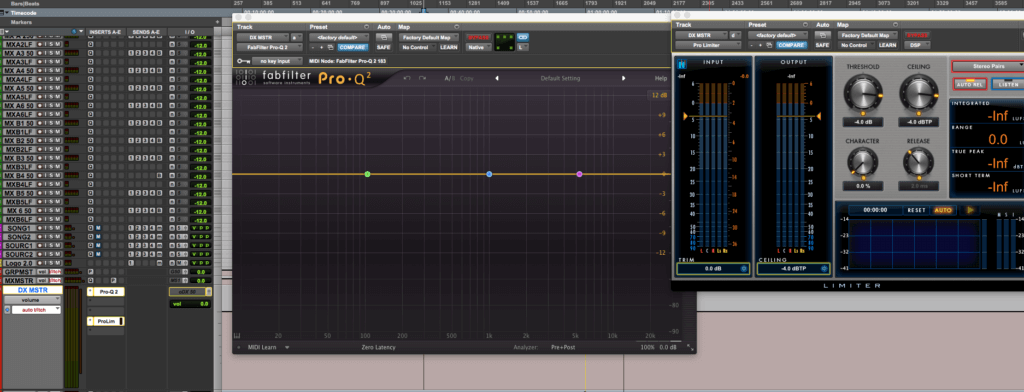
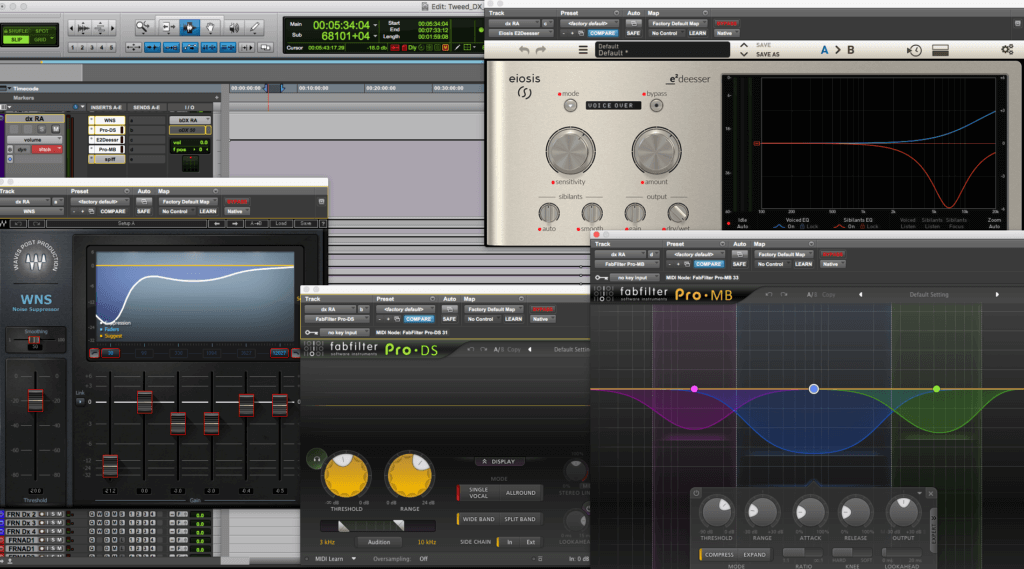
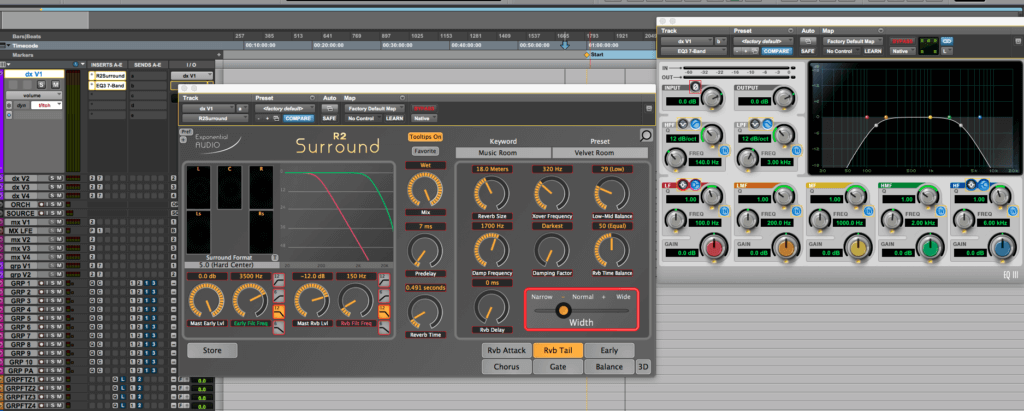



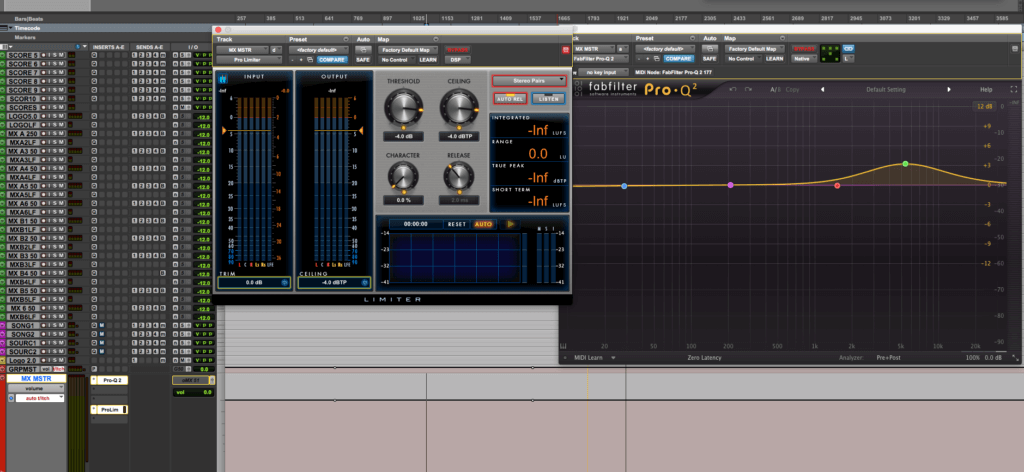





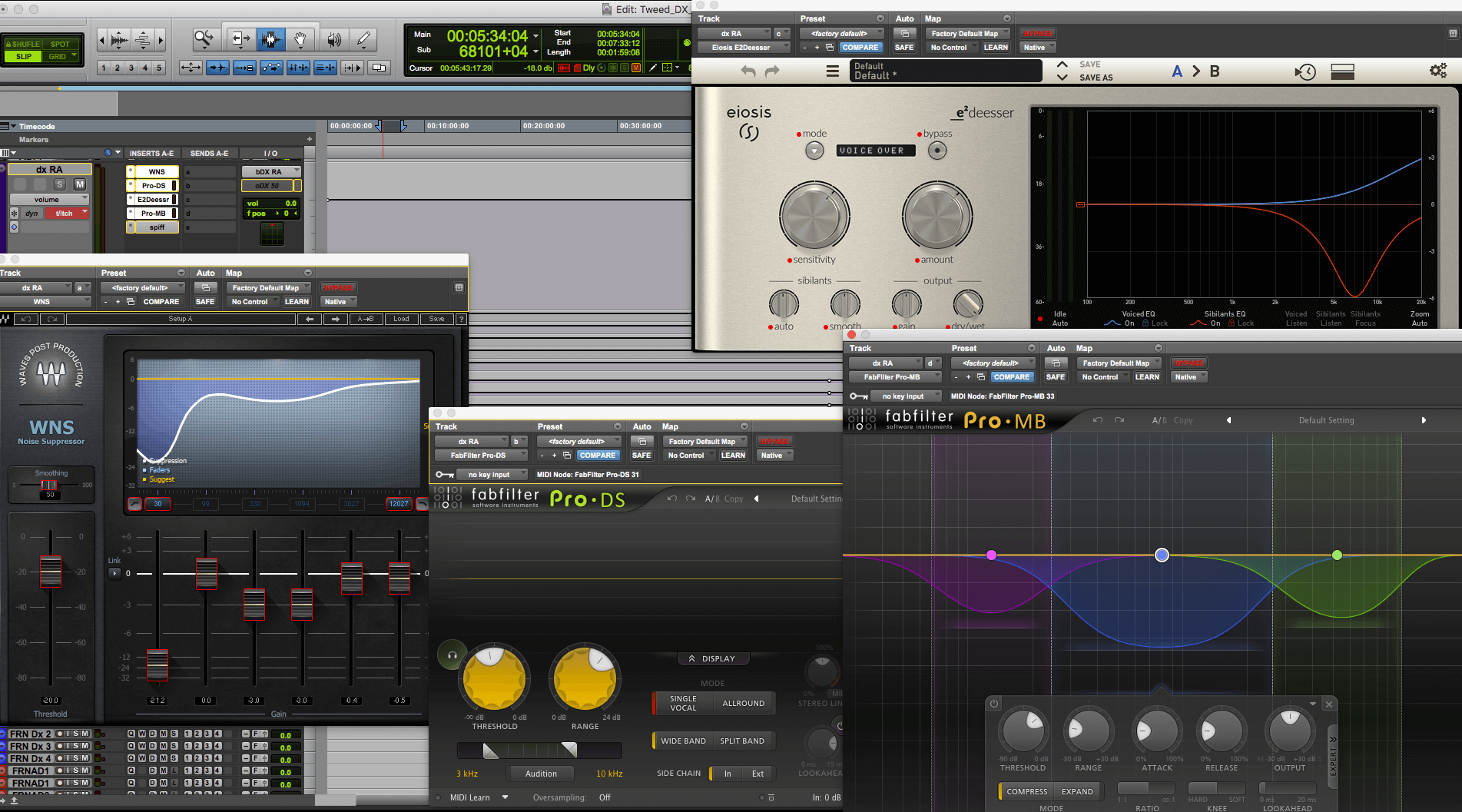
Great! Thank you 🙂
Very nice and informative workflow explanation by mr Bourgeois.
P.S. I didn’t really get “room vs reverb algorhythms” thing that Gary said.
Great Episode !!!
but .. why did you not share the template ?
if it’s “public domain” in israel and bulgaria ?
Would be great !
Luigi
Hey Luigi – All Gary provided us with is the Screen capture images. Wish I could help more.
Hi guys,
great work with your Podcasts! Always looking forward to listen to new episodes.
Being a relatively new re-recording mixer in germany I was wondering if it would be possible to get a hold of the actual Template File to dive deeper into settings, routings and plugin usage. Is there any chance you guys could help me out with that?
Thanks a lot and I wish you all a great week.
All the best,
Hendrik
Hello Hendrik, Thanks for listening to the podcast. I agree it would be nice to pass out the template, but Gary Bourgeois only provided us with the screen capture images. We don’t have the template either. Hopefully you noticed the download link to pulldown the full resolution images, they really help to see what Gary is using.
The fact that he shared the pictures on his template is kind enough. A question though is where he puts the backgrounds and FX. Can’t see it in the template. Not used to this naming convention.
Hello Hans – Thanks for listening! We did this episode quite a while ago now, so my memory is not entirely clear on this. I think that the SFX needs from project to project change so much that he and the Sound Supervisor make a track layout plan for each new project. Maybe we should get Gary back on the podcast to talk about his approach the SFX and BGs more specifically?
Thanks for your reply Timothy! I understand it has been a while! Thanks for a great podcast by the way. You’re all great interviewers. I found this episode specially interesting. I like when mixers and designers share how they work more technically. If you get him back on the show, you could also bring up the subject about how he is using multiple verbs for dialogue maybe. He mentioned he used atleast two verbs all the time for layering. I guess there are a lot of other mixers out there that could talk about how they use verbs and such, but the question is if there’s many out there that are so verbally good and funny like Gary!?
Hey Hans, I know this reply is almost a full year later but I thought I’d chime in since I’ve actually had the opportunity to work with Gary before. Gary typically has four reverb sends starting at small verb, medium verb, large verb, and the last one is sort of a slapback delay. He’ll mix and match depending on what he thinks the scene needs. So for example if he wants to make a midsized room feel tighter he might play with both the medium verb, and the slapback delay.
He also likes to mix the reverb from his returns, instead of the sends, meaning that all his reverb sends are left up at unity, and his returns are at -∞. If he wants to add reverb to say DX 1, he goes down to the reverb return and raises that instead of adjusting the send on DX 1. His reasoning is that everything in the scene should get the same amount of reverb, and its easier to adjust it from the return, instead of going through the sends of every track in the scene.
Thanks Hans!
I am curious about the 2. GRP V2 TO FRN DIA V1, and the 3. FRN DIA V2 TO PFX MAST. Seems like this is integral to Gary’s workflow, but I don’t believe he addresses that aspect in the podcast. Could you possibly explain what this is all about? I am listening again, just in case I missed it the first time through. Thanks!!
GRP = group and FRN DIA = foreign dialogue. He talks about it when he first introduces his template.
Thanks Nathan!
This is for an older episode, so I don’t know if you’ll even see this. I just wanted to say that I love your podcast and that this is one of the most helpful podcasts that I’ve heard from anybody. I’ve done live sound for about 30 years but only recently started to delve into post and I’m loving it. Being relatively new, I’m looking to learn from people, not just hear their life story or how thrilled they were to get to work with person X, blah, blah, blah. Gary’s advice was very practical and his “philosophies” about working in post were quite eye opening. Please have more guests on like him that us newbs can learn from!
Keep up the good work!
Steve
I still think Gary should have shared his template PTX